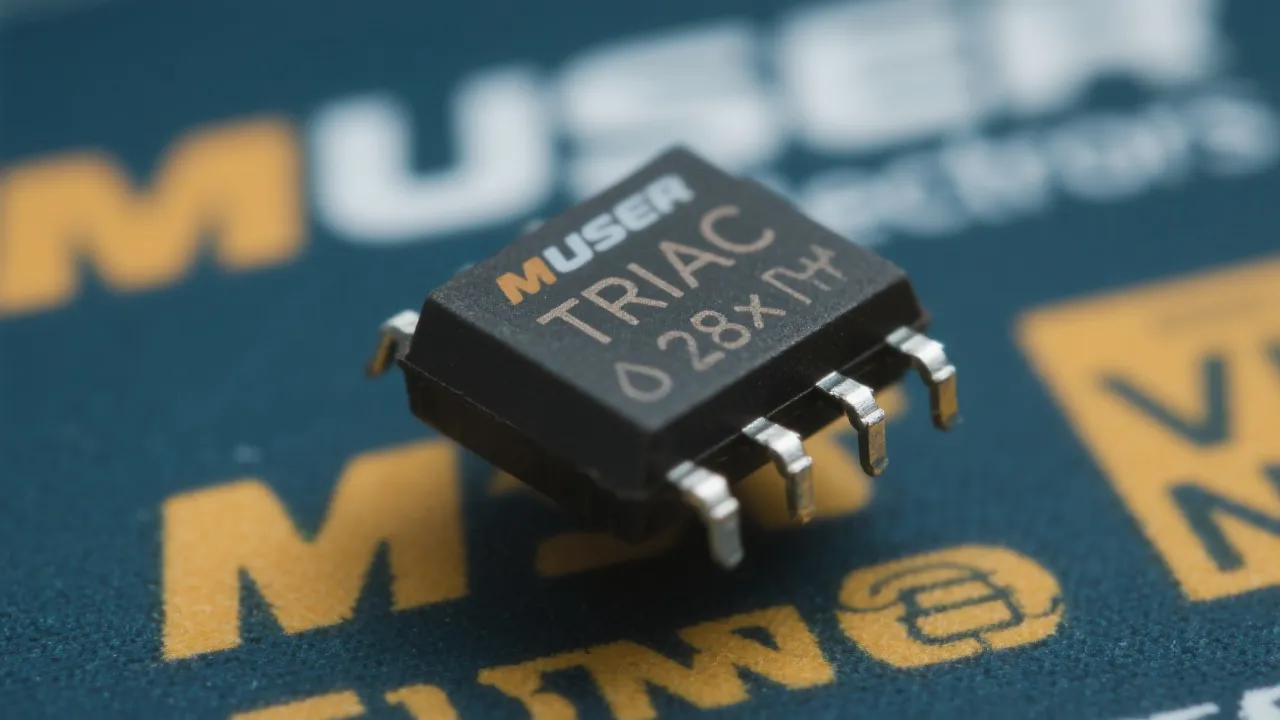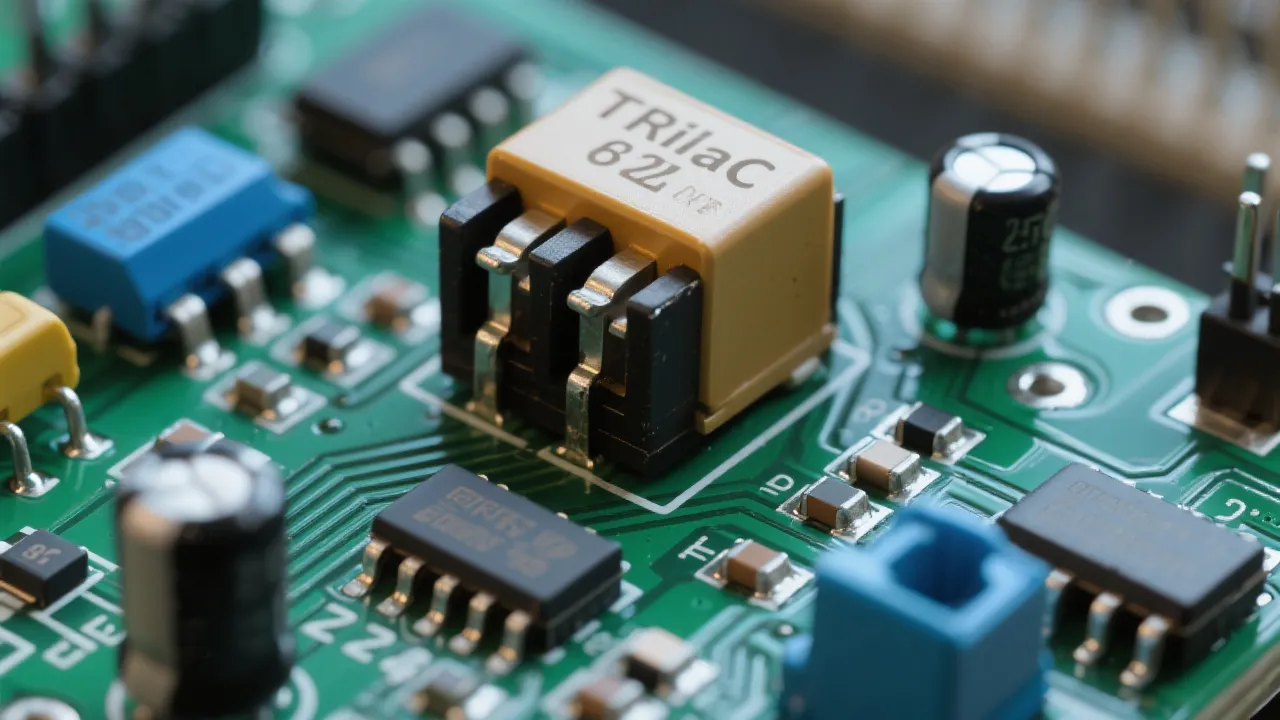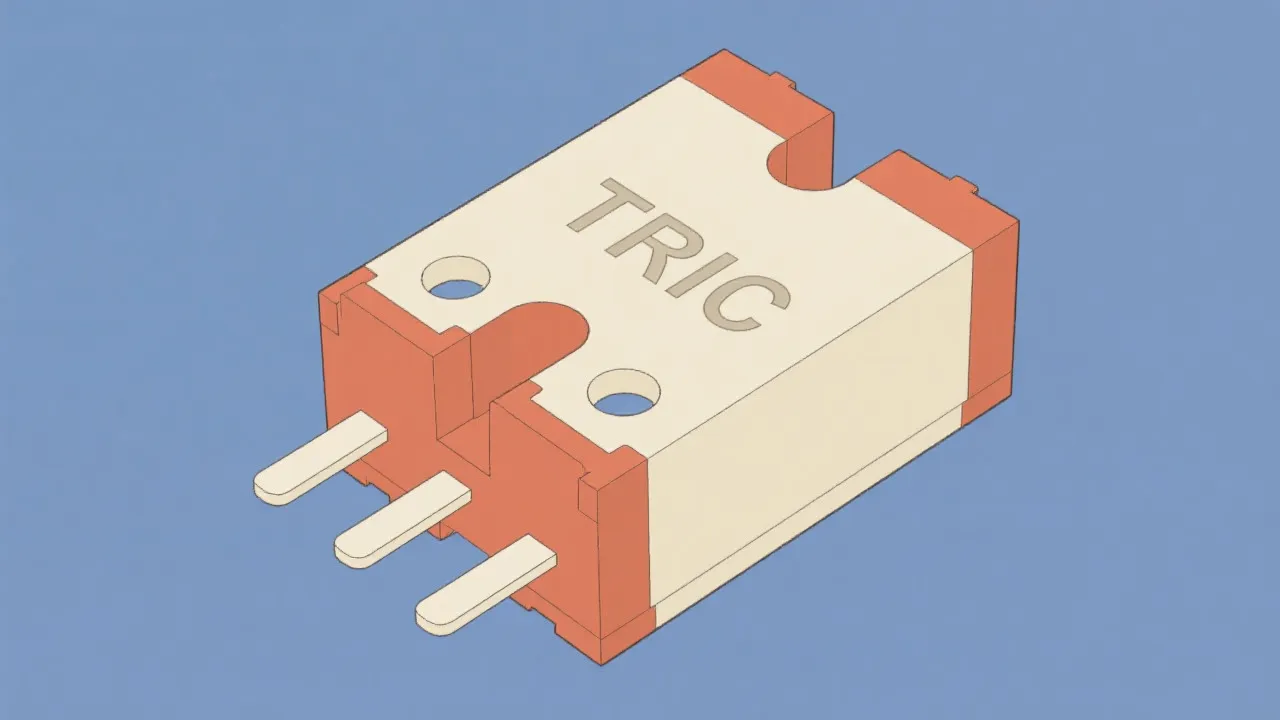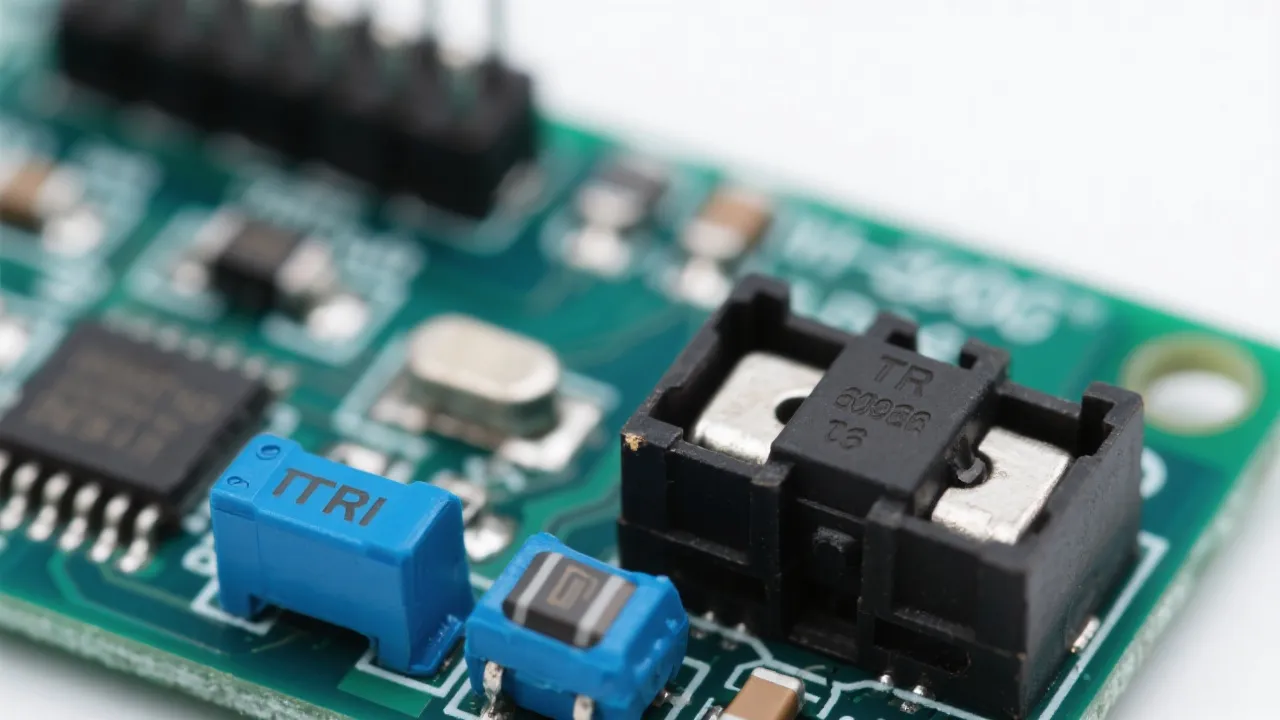Understanding Opgw Oplat Applications
This article explores the intricacies of Opgw Oplat systems, an essential component in the modern power and telecommunication sectors. Opgw stands for Optical Ground Wire, used predominantly in high-voltage transmission lines to provide both grounding and communication capabilities. These cables merge the functionalities of a traditional ground conductor with optical fiber, enabling reliable data transmission. Oplat, a term less commonly known but critically important, refers to the operational platform utilized in deploying such technologies, ensuring efficient and secure integration into existing networks.

Understanding Opgw Oplat Systems
Optical Ground Wire (OPGW) is an integral part of modern electrical and telecommunications infrastructure. Combining the characteristics of overhead ground wires and optical fibers, OPGW cables mitigate lightning strikes on power lines while facilitating high-speed data transmission. Oplat, a subsidiary component of this system, encompasses the operational platform necessary for implementing OPGW effectively, ensuring resilient and secure integration. This melding of grounding and communication functionalities marks a significant advancement in network reliability and efficiency.
The Dual Role of OPGW
OPGW cables serve a dual function: they act as traditional earth wires to safeguard transmission lines from electrical faults and simultaneously offer the bandwidth needed for data communication through embedded optical fibers. This capability is particularly vital for utility companies, who can maintain seamless communication across long distances while ensuring the structural safety of their lines. Consequently, OPGW has become a preferred choice in the energy sector. Moreover, as energy consumption rises and the demand for consistent data transmission increases, OPGW systems are becoming essential not just for electricity providers but also for the telecommunications industry, paving the way for new applications that combine data services with grid management.
Delving into Oplat
Oplat denotes the operational platform that supports the deployment of advanced technologies like OPGW. Its purpose is to provide a framework that ensures these sophisticated systems are integrated with minimal disruption and optimal performance. An Oplat infrastructure aids in securing a seamless transition and functionality of OPGW cables amidst existing network configurations. This becomes increasingly important as the demand for more complex and integrated communication systems continues to grow. The effectiveness of Oplat lies not only in its technical specifications but also in its ability to adapt and evolve alongside emerging technologies in the telecommunications field.
Benefits of Implementing OPGW
The adoption of OPGW cables yields numerous advantages, contributing significantly to the operational efficacy and safety of power infrastructure:
- Reduced Transmission Loss: The ground wire decreases power transmission losses, optimizing the electronic grid's efficiency. By having a dual functionality, OPGW complements standard transmission technologies by providing an immediate pathway for fiber communications while maintaining electrical safety protocols.
- Enhanced Reliability: By providing a communication backbone that is immune to electromagnetic interference, utility companies can ensure consistent service delivery. This reliability is particularly crucial during extreme weather conditions, where conventional communication lines might fail.
- Improved Infrastructure Longevity: OPGW cables enhance the durability of electrical networks by offering robust protection against environmental factors. The materials used in OPGW cable design are often resistant to corrosion and environmental wear, prolonging the lifecycle of both the cables and the systems they support.
- Cost-Effectiveness Over Time: While the initial investment may be substantial, the long-term savings from reduced maintenance costs, increased energy efficiency, and the improved lifespan of the system can justify the expenditure.
- Faster Deployment of Smart Grid Technologies: With the increasing adoption of smart grid solutions, OPGW cables facilitate faster deployment of data communication networks, thus empowering utilities to adopt smart metering and other advanced technologies.
Challenges in Deployment
Despite their advantages, deploying OPGW systems is not without challenges. Understanding these challenges is crucial for stakeholders aiming to make informed decisions about the adoption of OPGW:
- Initial Cost: The upfront investment in OPGW is considerable, requiring careful budgetary planning. Companies must often justify the initial capital expenditures against expected long-term gains, which can complicate the approval process for new projects.
- Technical Expertise: Installation and maintenance demand specialized knowledge, necessitating thorough training programs for personnel. Investing in continuous professional development and training workshops can help mitigate this challenge but does add to operational costs.
- Integration Complexity: The coexistence of OPGW with legacy systems can introduce integration complexities. Effective integration often necessitates comprehensive system assessments and potential upgrades to existing infrastructure, leading to extended timelines for project completion.
- Supply Chain Considerations: The manufacturing and supply of OPGW cables, especially those with customized specifications, can be subject to market fluctuations. This dependency on external suppliers can introduce uncertainties in timeline estimates and affect project execution.
- Regulatory Compliance: Compliance with various local, state, and national regulations regarding the installation and operation of electrical infrastructure can pose significant challenges. It's essential for companies to stay informed and ensure that all installations meet legal standards.
Market Insights and Trends
As reported by renowned industry bodies like the Electronic Power Research Institute (EPRI), the global demand for OPGW is anticipated to surge due to increased investments in smart grid technologies. Utility providers are continuously exploring innovative ways to enhance grid transparency and efficiency, positioning OPGW at the forefront of modern electrical solutions. Market research indicates that more operators are likely to adopt OPGW systems as part of their comprehensive strategy to modernize and enhance energy production and distribution networks.
The shift towards renewable energy sources is also influencing the deployment of OPGW systems. With the rise in solar power integration and other sustainable energy projects, utility companies aim to optimize network flexibility and data management. This has led to a favorable market environment for OPGW technologies, aligning with national goals for energy independence and carbon neutrality. Additionally, advancements in fiber optic technology are enabling faster data transfer rates and improved network capacity, which further underscores the importance of OPGW.
Comparative Analysis of Opgw and Oplat
| Attribute | OPGW | Oplat |
|---|---|---|
| Function | Dual role as grounding and communication medium | Operational foundation for deployment |
| Applications | High-voltage transmission, telecom | Infrastructure integration and support |
| Technology Integration | Facilitates smart grid and data-driven applications | Enables seamless integration with advanced technologies |
| Cost Consideration | High initial capital requirement; potential long-term savings | Long-term operational efficiency; budget-contingent value |
Trends and Future Outlook
The OPGW market is evolving rapidly, driven by technological advancements and the ever-growing demand for reliable communication infrastructure. The advent of IoT (Internet of Things) technologies is pushing utilities to find more efficient ways to manage their data needs. OPGW systems are critical in enabling the communication protocols required to manage distributed energy resources, as well as other advanced grid functionalities.
With the global emphasis on reducing carbon emissions and enhancing energy efficiency, the integration of OPGW into smart grids will likely become a standard practice in the upcoming years. Utility stakeholders are expected to engage in partnerships with telecommunications companies to explore extensive use of OPGW that not only enhances energy management but also enhances communication and operational efficiencies within various sectors.
Moreover, as broadband access expands into rural and previously underserved areas, OPGW systems promise to play a pivotal role in bridging the digital divide by providing both power and communication simultaneously. This transition will inevitably lead to new markets and applications for OPGW technologies, ultimately ensuring greater internet access, economic growth, and community revitalization.
FAQs
- What is the main advantage of using OPGW?
OPGW offers a higher reliability factor by combining communication capabilities with grounding functions, which enhances network robustness. This dual functionality becomes increasingly important as the demand for uninterrupted service continues to grow.
- How does Oplat contribute to OPGW deployment?
Oplat provides the necessary platform and infrastructure to support OPGW installation, ensuring optimal operations and integration into existing systems. This includes the facilitation of managing new technologies and ensuring compliance with regulations.
- What are common challenges faced during the deployment of OPGW systems?
Challenges include high initial costs, the need for technical expertise, and integration complexities with older systems. Additionally, ongoing regulatory compliance can complicate and delay implementation.
- How do OPGW systems support renewable energy initiatives?
OPGW systems are essential for the integration of renewable energy sources by providing reliable and efficient communication and data transmission channels, which are crucial for managing distributed energy resources efficiently.
- What future updates can be expected in OPGW technology?
Future developments in OPGW technology may include enhanced data transmission speeds, improved capacity for handling larger data volumes, and better integration with IoT solutions and smart grid technologies that promote energy efficiency and sustainability.
Overall, understanding the functional dynamics and strategic implementation of OPGW and Oplat is essential for the power and telecommunication sectors aiming to enhance their operational efficiency and infrastructure durability. As industries continue to embrace digital transformation, the adoption of these technologies will remain pivotal in meeting the challenges of modern electricity and communication demands. The convergence of power and communication systems through OPGW promises not only to increase efficiency but also to empower utilities and communities to build a more sustainable energy future.
Case Studies and Real-World Examples
Examining real-world implementations of OPGW systems provides valuable insights into their operational benefits and reveals the challenges faced by various utilities. Different jurisdictions around the globe have adopted OPGW, leading to innovative solutions and improvements in service delivery.
Case Study 1: United States Energy Company
A leading energy company in the United States opted for OPGW as part of their strategy to enhance communication across its transmission networks. By deploying OPGW systems, the utility achieved a significant reduction in service interruptions attributed to lightning strikes and other weather-related phenomena. The fiber optic capabilities allowed them to implement advanced monitoring systems that provide real-time data, enhancing maintenance protocols and enabling predictive analytics. The impact of OPGW was profound, leading to a 20% reduction in operational costs linked to outages and maintenance.
Case Study 2: European Telecommunications Provider
In Europe, a telecommunications provider integrated OPGW into its existing infrastructure, aiming to improve data transfer rates along high-voltage power lines. This implementation allowed for the simultaneous relay of data and energy, supporting their vision of a multi-service infrastructure. The OPGW enabled faster internet service deployment in rural areas, significantly increasing broadband access in underserved communities. The cooperation between the energy and telecommunications sectors demonstrated the versatility of OPGW, which has since become a model for similar projects across the continent.
Case Study 3: Renewable Energy Wind Farm Deployment
A wind farm project in Australia utilized OPGW to manage the complex communications needs of its turbines. Each wind turbine was equipped with sensors that transmitted data back to a central monitoring facility through OPGW systems. This setup enabled rapid incident response and operational optimizations, leading to higher energy output and decreased downtime. This initiative exemplifies how OPGW is enabling the shift toward more sustainable and technologically advanced energy production.
Conclusion: The Future of OPGW and Oplat Systems
The future of Optical Ground Wire (OPGW) systems and their operational platforms (Oplat) is bright, characterized by an increasing reliance on integrated communication and energy solutions. As the world shifts toward more sustainable and efficient systems, OPGW presents a unique opportunity to maximize resource utilization while simultaneously ensuring effective energy transmission and communication.
With the acceleration of digital transformation across all sectors, the demand for OPGW will only grow, forcing utilities and telecommunications companies to adapt and evolve. Strategic investments in research and development, combined with a commitment to workforce training and education, will be pivotal in realizing the full potential of OPGW systems. By leveraging OPGW, companies can not only meet current demands but also position themselves as leaders in a rapidly changing market, where energy efficiency and seamless communication are paramount.
Ultimately, OPGW and Oplat systems stand at the intersection of innovation and functionality, offering solutions that are not only relevant but essential for the future landscape of energy and communication infrastructure. Their ability to cater to growing demands while enhancing operational effectiveness will define their trajectory in the coming decades. As stakeholders explore these technologies, they will uncover new opportunities for growth and collaboration, ensuring a sustainable and connected future for all.










